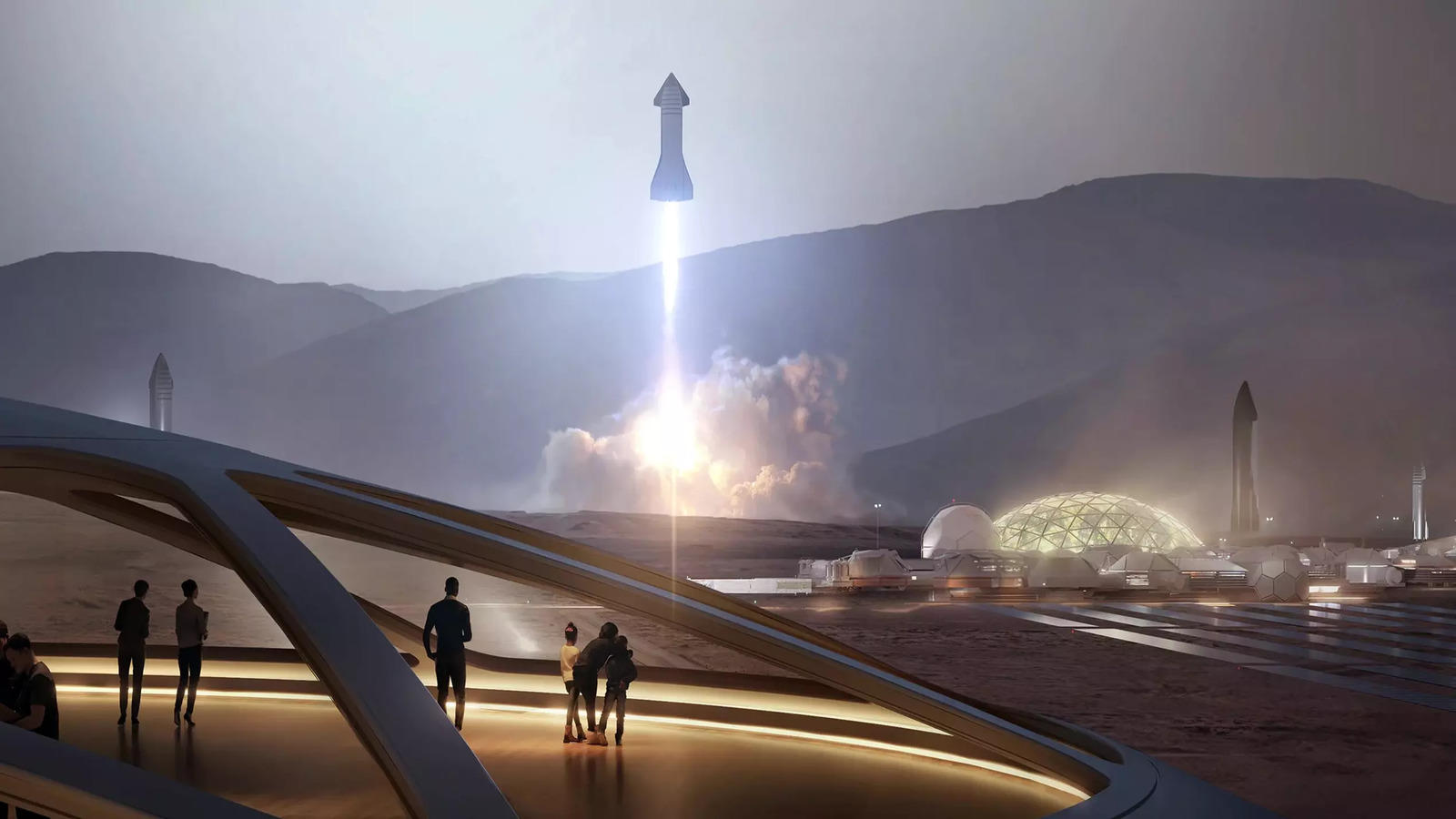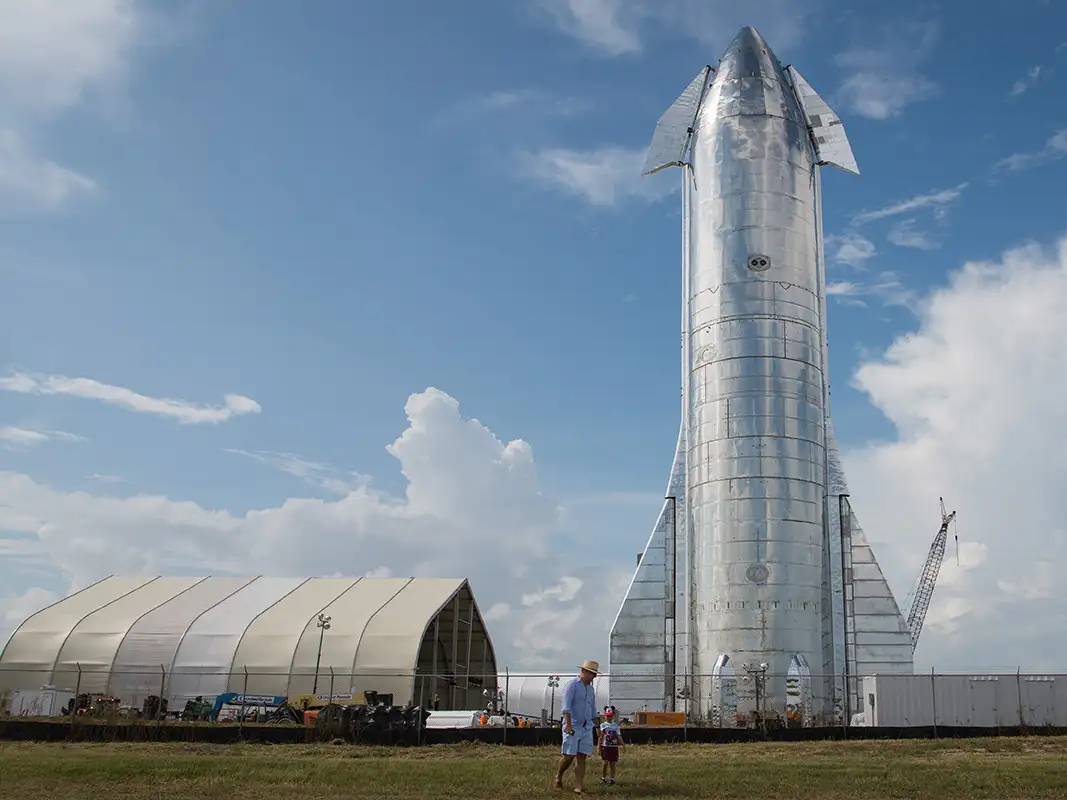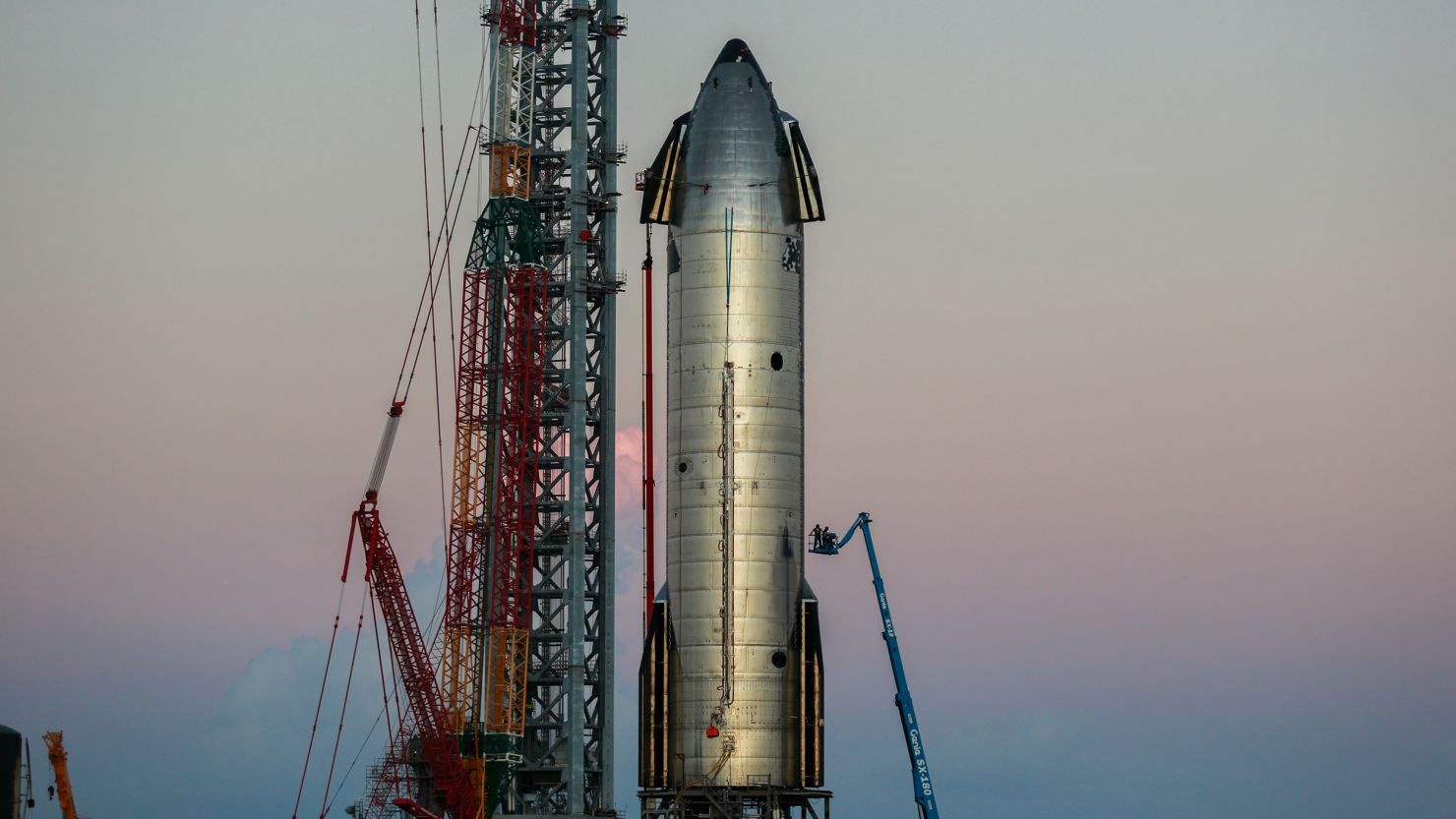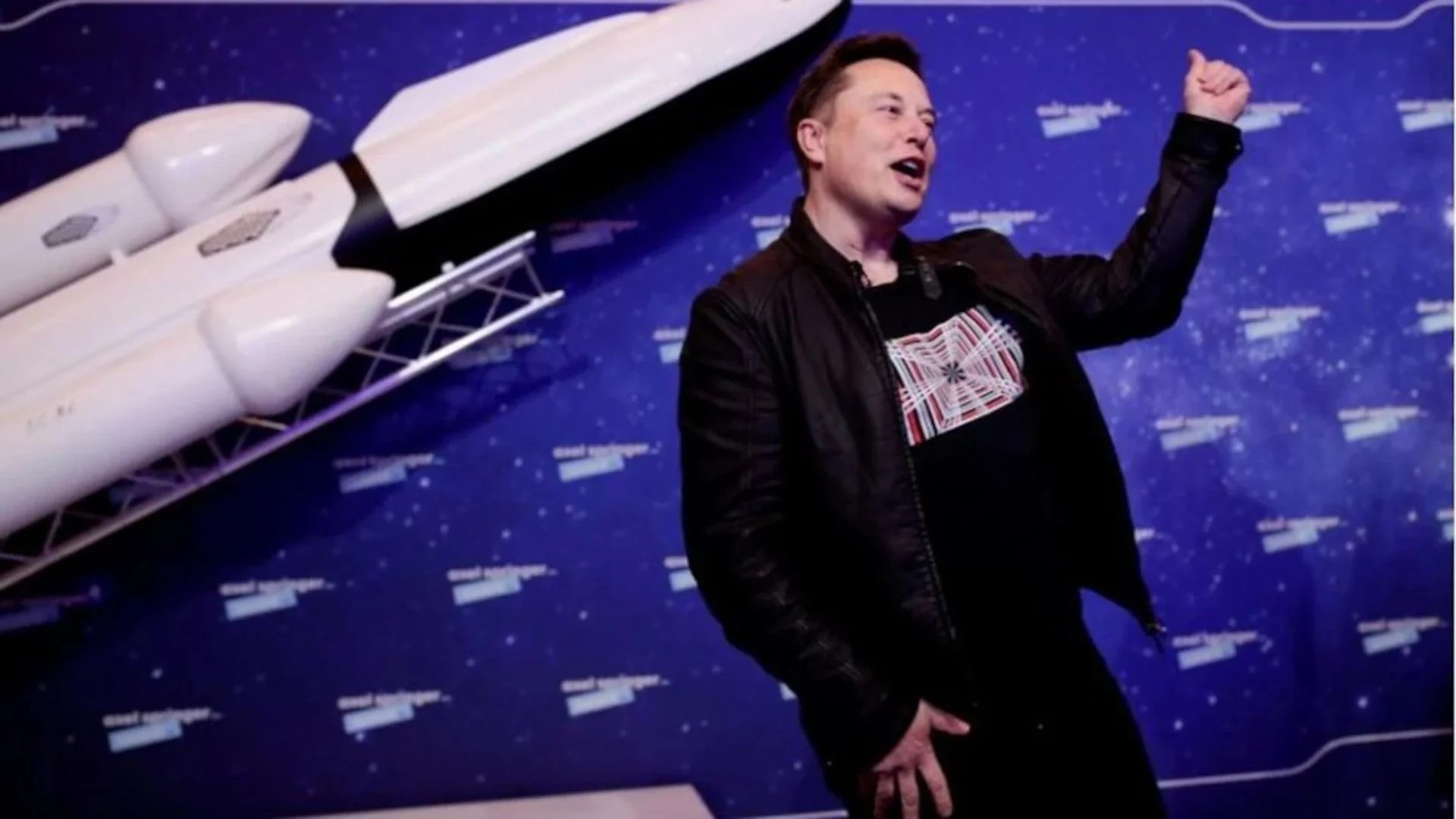In a recent reveal that has the space community buzzing, SpaceX founder Elon Musk announced ambitious plans to launch five Starships to Mars within the next two years. This bold statement underscores the company’s commitment to pioneering Mars exploration and potentially paving the way for human colonization of the Red Planet.

SpaceX’s Strategy for Mars: A Vision of Future Space Exploration
Elon Musk, known for his visionary approaches to technology and space travel, shared that these initial missions will be unmanned. The success of these landings could set the stage for crewed missions shortly thereafter. “If all of them land safely, then crewed missions are possible in four years,” Musk noted. However, he also cautioned that any significant challenges could push back crewed attempts by an additional two years.
This meticulous planning is coordinated with the Martian and Earth orbital alignments, which only occur every two years, providing optimal conditions for the journey from Earth to Mars. Musk’s strategy involves leveraging each of these rare transit opportunities to scale up the missions exponentially.

The Growing Fleet: Thousands of Starships to Mars
In his usual style of bold proclamations, Musk stated, “No matter what happens with landing success, SpaceX will increase the number of spaceships travelling to Mars exponentially with every transit opportunity.” His vision extends beyond mere exploration, as he expressed a desire for interplanetary travel to be accessible to a broader audience, predicting that “there will be thousands of Starships going to Mars.” This initiative is not just about scientific curiosity but also about making Mars a potential habitat for humanity in the face of future existential threats and resource scarcity on Earth.

Regulatory Challenges and Innovations in Space Travel
Despite the excitement surrounding these announcements, Musk also voiced concerns over the bureaucratic hurdles that could stymie these interstellar ambitions. “The Starship program is being smothered by a mountain of government bureaucracy that grows every year,” Musk remarked, highlighting the friction between pioneering spaceflight and regulatory oversight. Meanwhile, SpaceX continues to push the envelope in other areas of space exploration. The recent launch of the Polaris Dawn Falcon 9 rocket from NASA’s Kennedy Space Center in Cape Canaveral, Florida, marked another milestone. Backed by billionaire Jared Isaacman, this mission not only progresses commercial spaceflight but also features the first-ever spacewalk by a private company’s crew.

With these developments, SpaceX is not just dreaming of Mars; it is actively engineering the future of space travel. As the world watches these five Starships’ journey to Mars, the implications of their success—or failure—will resonate far beyond the aerospace community, influencing future policies, investments, and the dream of making life multi-planetary.










